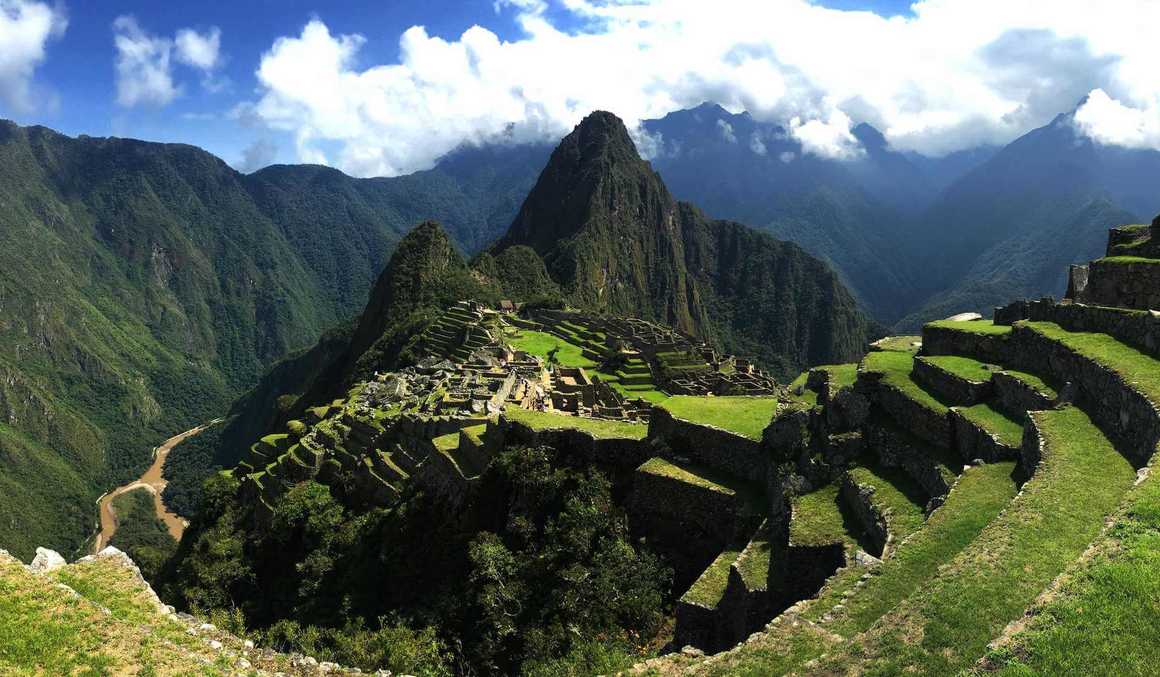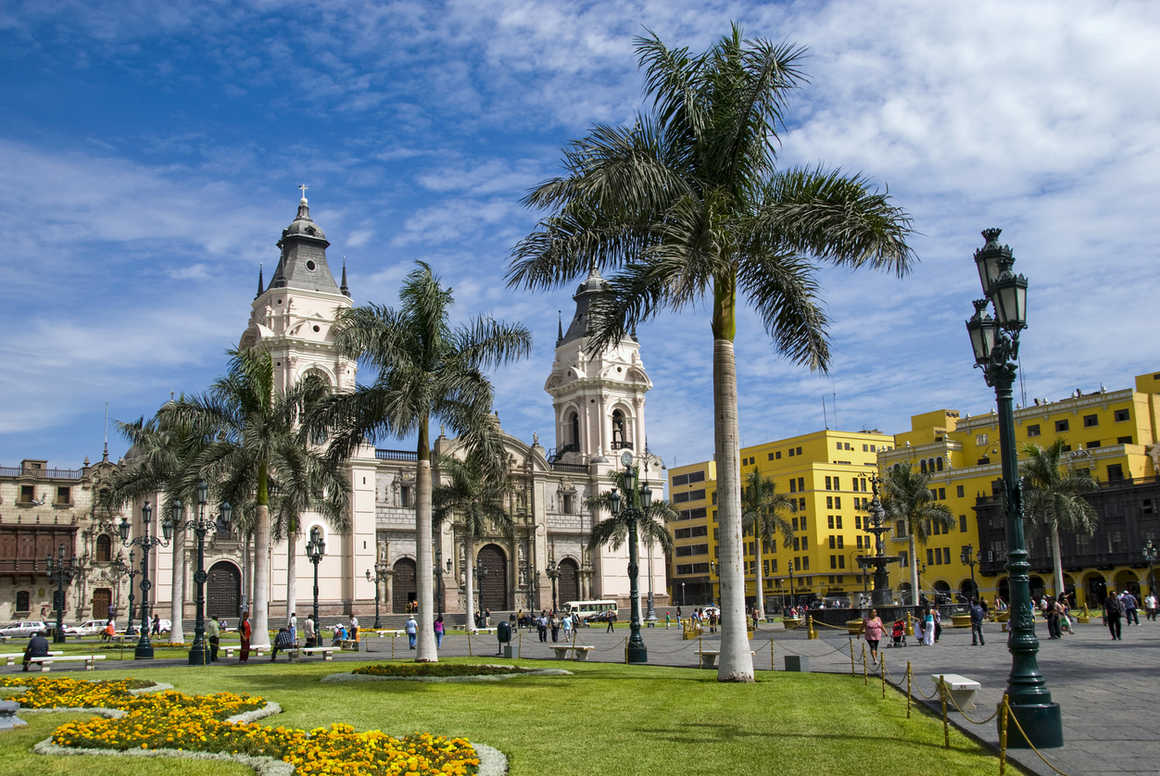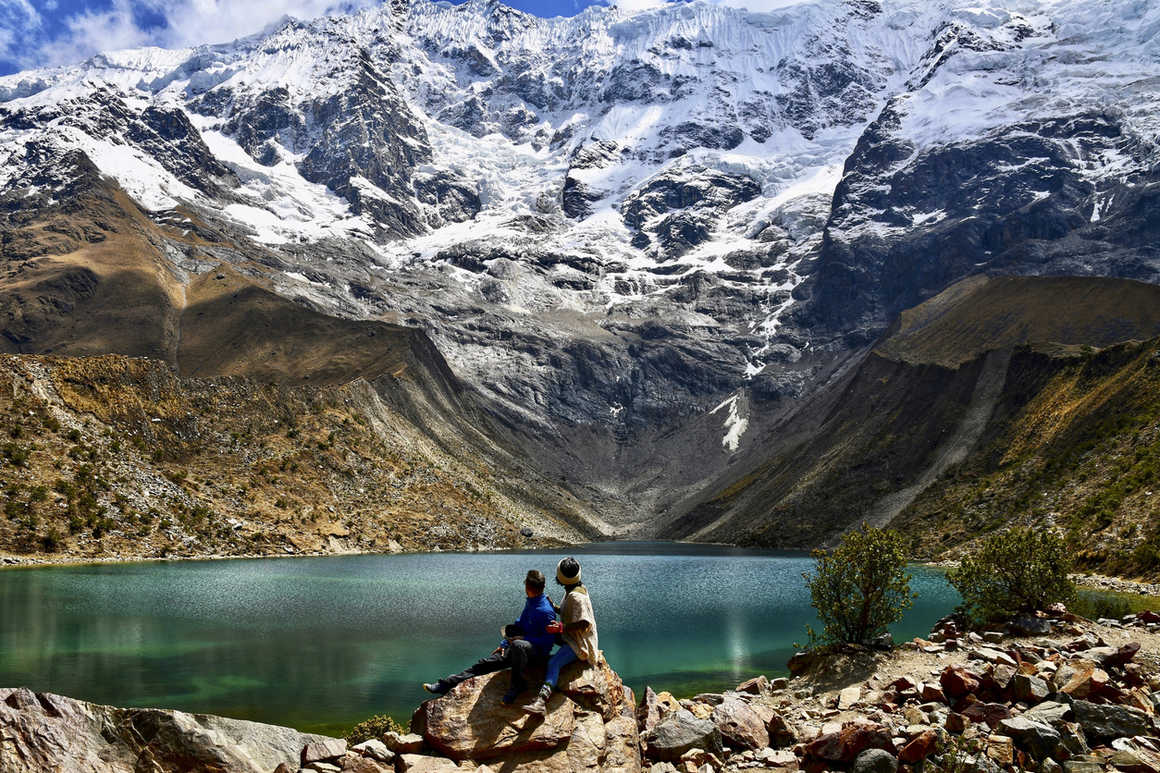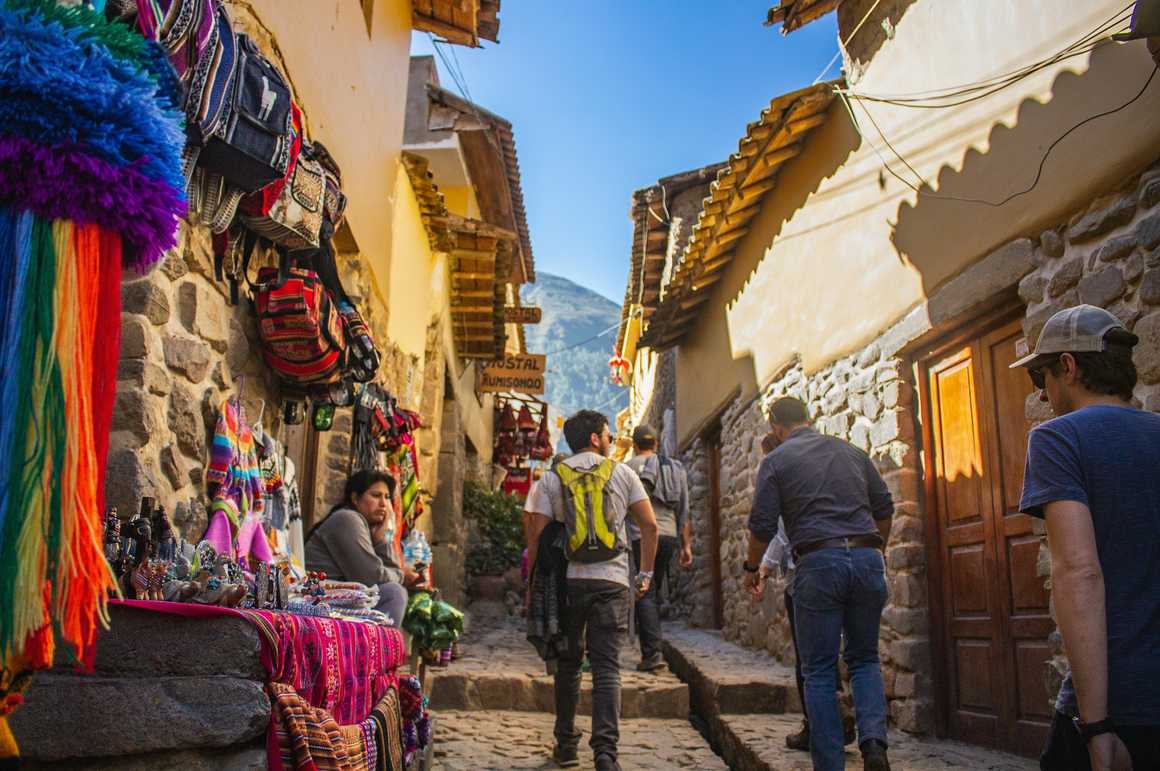Ultimate Peru Travel Guide
As the third largest country on the continent of South
America after Brazil and Argentina, Peru has much to offer its’ visitors. From
the famous Lake Titicaca to Cusco, the historic capital of the Incan Empire and
UNESCO World Heritage Site, Peru is bursting with fascinating sites to
discover.
This ultimate Peru travel guide will provide you with
essential information on travel requirements, travel advice and answer our most
common FAQs, hopefully giving you the confidence you need to book your next trip
to Peru with Kandoo Adventures.
Read on if you want to find out more about the incredible
country that is Peru!

Where is Peru?
Peru sits in the Southern Hemisphere, close to the equator
and the seasons run accordingly. The country is also one of the most biodiverse
in the world.
What is the population of Peru?
What’s the capital city of Peru?
This metropolis was founded by the Spanish conquistador
Francisco Pizarro in 1535, who chose it as the capital city because of its
strategic location and its main port, Callao, which was a focal point of the
Peruvian and South American coast.
During colonial times, Lima was considered the most
important metropolis in Latin America. Today, Lima is the economic and
political centre of the country and houses almost 30% of the total population
of Peru.
The city is brimming with culture, history and must-visit
architectural examples such as the Plaza de Armas, Lima Cathedral, Government
Palace, the Archbishops palace and the Casa del Oidor.

What is the language of Peru?
What is the currency of Peru?
There are notes, or bills, with denominations of 10, 20, 50,
100 and 200 soles. There are also coins of 10, 20 and 50 cents, as well as 1, 2
and 5 soles.
The Peruvian sol can be purchased in advance, although US
Dollars are also widely accepted in larger establishments. When changing money,
we recommend requesting small denominations (10’s, 20’s and 50’s) as the larger
notes are more difficult to spend.
Peru is generally still a cash society, particularly when
travelling through smaller villages and towns so it is worth having enough cash
with you for personal expenses. If you’re relying on a credit or debit card for
emergency funds, make sure you tell your card issuer that you will be using it
abroad.
What time is it in Peru?
The United Kingdom is 5 hours ahead of Peru.
The centre of the United States (America/Denver time zone)
is 2 hours behind Peru, although this will vary depending on the nine different
time zones that span across the US.
Is Peru safe to travel to?

When is the best time to go to Peru?
If you’re considering walking the
famous Inca Trail to Machu Picchu, one of the New Seven Wonders of the World, the
best time to visit Peru is from June to August. The winter (May to September) is the
driest and warmest season and is therefore the best time to embark on this
bucket list adventure. It’s only possible to trek the Inca Trail with an agency
and you should book your pass well in advance during the hot season, since the
daily number of hikers and porters on the trail is regulated and capped.
For trips to the Amazon, the best time to go to Peru is
between June to November. There’s less rainfall which means you won’t have to
worry about trails closing and you will avoid the cold, wet season temperatures
from December to March. However, if you’re travelling to Peru on a budget, the
wet season is the least expensive time to travel and by braving the rainstorms
you will benefit from exploring the country’s top sights with fewer crowds. It
is worth mentioning here that the Inca trail is closed every February for
maintenance, conservation and cleaning in the area.
What vaccinations do you need to travel to Peru?
Those who may be at increased risk of an infectious disease
due to their work, lifestyle choice, or certain underlying health problem
should be up to date with additional recommended vaccines:
- Hepatitis B: vaccination could be
considered for all travellers and is recommended for those who may have
unprotected sex, health workers who may be exposed to blood or bodily fluids,
long stay travellers and those who are participating in contact sports.
- Rabies: vaccinations are recommended for
travellers who are at risk due to their work (e.g. laboratory staff working
with the virus, those working with animals or health workers who may be caring
for infected patients), those travelling to areas where access to post-exposure
treatment and medical care is limited and long-stay travellers.
- Tuberculosis: vaccine is recommended for
unvaccinated children under the age of 16 who are going to live for more than 3
months in Peru and unvaccinated, tuberculin skin test-negative individuals at
risk due to their work such as healthcare or laboratory workers.
- Yellow Fever: vaccination is recommended
for those aged 9 months and older travelling to the following areas at altitude
below 2,300m: the regions of Amazonas, Cuzco (for Cuzco city, Machu Pichu and
the Inca trail see below), Huánuco, Junín, Loreto, Madre de Dios, Pasco, Puno
(for Puno city see below), San Martin, Ucayali and designated areas of the
following regions: far-north-eastern Ancash; far-north of Apurimac; northern
and north-eastern Ayacucho; northern and eastern Cajamarca; far northern
Huancavelica; eastern La Libertad, and eastern Piura. Vaccination is not
recommended for travellers aged 60 years or older and whose itineraries are
limited to the following areas: all areas above 2,300m altitude, areas west of
the Andes not listed above, the cities of Cuzco, Puno and the capital city of
Lima, Machu Picchu, and the Inca Trail.
What are the best places to visit in Peru?

For anyone travelling Peru, Machu Picchu should be on the
top of their bucket list. Standing 2,430m above sea-level, in the middle of a
tropical mountain forest, Machu Picchu was probably the most spectacular urban
creation of the Inca Empire.
Built in the 15th century Machu Picchu was
abandoned when the Inca Empire was conquered by Spaniards in the 16th
century, but it was not made known to the outside world until 1911. Nowadays,
Machu Picchu has over 1.5 million visitors per year, and it is the country’s most-visited
site.
The most well-known of all the trekking routes to Machu
Picchu, the Inca Trail is the original pilgrimage route to this sacred temple,
and it is by far the most popular route. If you’re planning a once in a
lifetime trip to Peru, make sure you consider the Inca Trail.
Starting at the Kilometre 82 gate (so called because it is
82km from Cuzco by train) the trek to Machu Picchu on this 4-day route provides
the ultimate combination of beautiful mountain scenery and archaeological
sites. Trekking through diverse environments including jungle and alpine
tundra, and visiting many Inca ruins, are just some of the many highlights of
this incredible journey.
Sitting at 3,810m above sea level between Peru to the west
and Bolivia to the east, Lake Titicaca is the largest freshwater lake in South
America and the highest of the world’s large lakes. Lake Titicaca is also one
of less than twenty ancient lakes on Earth and is thought to be 3 million years
old.
Visitors can explore the floating islands of Uros, where the
indigenous people live on islands made of reeds, or the scenic islands of
Taquile and Amantani, which are known for their traditional communities and
vibrant festivals. This destination is not one to miss on any trip to Peru.
Lima is the capital city of Peru and it is a popular
destination among tourists for its unique blend of history, culture and
culinary delights. When in Lima, make sure you go to the must-see locations,
such as Plaza de Armas (the main square), Lima Cathedral, Government Palace
(Palacio del Gobierno), the Archbishop's Palace, and the Casa del Oidor. Don't
forget about the historic Iglesia de La Merced and Jiron de la Union, a
pedestrian street with shops and restaurants.
Once the capital of the Incan Empire, Cusco is the
archaeological capital of the Americas. Located in the Southern Sierras, it
offers easy access to Machu Picchu and the Sacred Valley, which is why it's one
of Peru’s most-visited destinations.
If you’re considering a trip to Peru with Kandoo Adventures,
you will most likely fly to Cusco Airport (CUZ). Only our ‘Ultimate Peru’ trip
flies to the alternative Juliaca Airport (JUL). At an altitude of 3400m, Cusco
is a great place to acclimatise before you set out on your journey to the
ancient Inca city of Machu Picchu.
Whilst in Cusco, travellers can explore the city’s historic
centre and enjoy the colonial architecture, art galleries, craft markets, and
museums. Here you can visit colourful restaurants and timeless churches, get
closer to the Quechua culture, and buy Quechua handicrafts on lively local
markets.
Located less than an hour’s drive from Cusco, the Sacred
Valley is considered the heart of the Inca empire as it is the gateway to Machu
Picchu. The valley offers amazing views of nature, terraced fields and Inca
ruins, as well as an experience of authentic local culture.
The towns of the Sacred Valley, such as Pisac and Chinchero,
are famous for their traditional markets. These markets offer a vibrant display
of colourful textiles, handicrafts and local produce, making it a unmissable destination
when visiting Peru.










